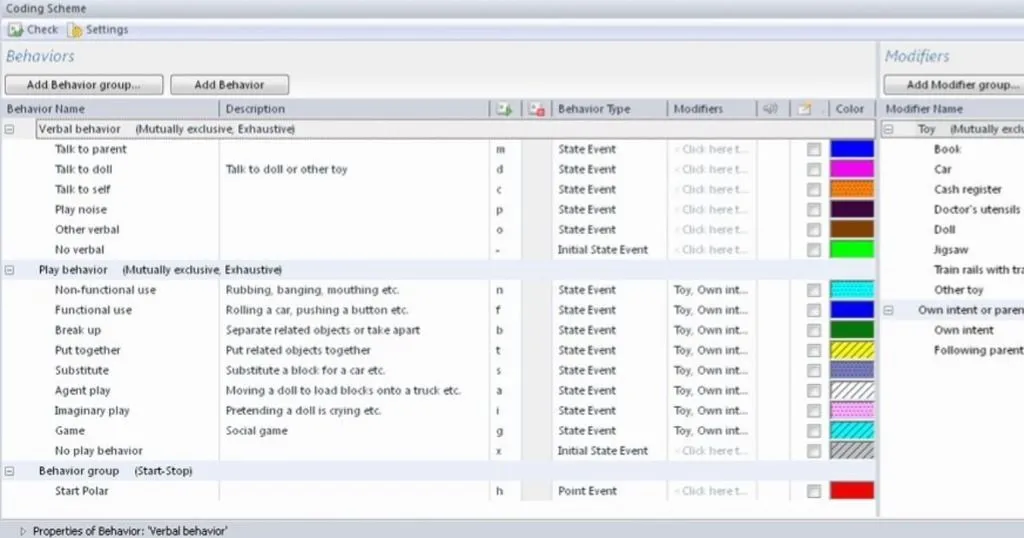How to debrief a training session
What is debriefing, what to expect of debriefing, how to debrief a training session, and why is using a video feedback tool helpful?
Posted by
Published on
Tue 19 Dec. 2023
Topics
| Education | Skills Training | Team Training | Video Feedback | Video Recording | Viso | Debriefing |

When you google ‘How to debrief a training session’ you will find out that debriefing takes place in many different fields. Originally, debriefing sessions were used strictly for military purposes. Nowadays, in healthcare, education, and psychology, it is also very common to gather together after a training session and discuss what really happened during that session.
What is debriefing?
After a certain activity – such as a simulation session, a mock interview, or a training exercise – follows a meeting (the debriefing) in which a number of events that occurred during the activity are explored, lessons are learned, and extra information is given. A debrief is a simple, yet powerful tool that enables participants to reflect on what happened during a session and why it happened.
Debriefing takes place soon after the activity, so that the events are still fresh in mind. This way, gaps in knowledge and performance can be identified. By reflecting on and recognizing the knowledge, skills, and attitudes used in the session, participants develop personal awareness and insight and become consious of personal learning goals to ensure future success.
FREE WHITE PAPER: Video feedback in skills education
10 Reasons why video feedback is essential in skills education.
- Benefits for students
- Advantages for teachers and trainers
- Practical examples
What to expect of debriefing?
- It facilitates recall and insight
- It clarifies learning points
- It builds trust and self-confidence
- It improves (team) performance
- It promotes a positive change in behavior
How to debrief a training session
Good, thorough preparation of a debriefing session is required to establish a safe and engaging learning environment. During the debriefing, the group explores what happened (the What), why it happened (the So What) and what should happen in the future (the Now What).
You can start with some general, open questions, such as ‘how did it go?’, ‘what did it feel like?’, and ‘did you accomplish your predefined goals?’. Subsequently, the important events can be identified and the personal experiences of the participants can then be supported with video images. Video reviews give substance to the understanding phase, and help answer the questions of why things happened, were said, and were decided.
Use a video feedback tool
That’s where Viso comes into play: Viso is the user-friendly system used to create and play back audio- and video recordings. At its core, Viso is a video feedback tool, which allows users to add feedback with personalized markers. Trainers can set markers and/or add comments either while watching the training session in real time or while reviewing the recorded video after the fact.
While playing back the recordings during debriefing, you can see at a glance which behaviors were marked and at what moment. Participants will see what actually happened, discuss the marked moment and consequently gain deeper insight.
Why use audiovisual tool Viso? A customer explains
Dennie Wulterkens, paramedic and owner of Secta Medical, explains that using Viso as a dedicated debriefing system enables you to look back at your own and each other’s performance and see what the interactions were. He claims that people learn a lot from that.
Watch the video to discover all the benefits.
Summarize the main learning points
To conclude a debriefing session properly it is important to explicitly summarize lessons learned from the session and consider how the main learning points can be incorporated into future practices. Ask questions such as ‘What did you do well; what did you find difficult and why?’ to reinforce learning points. Finally, determine how the participants can improve on these points. Focus on one or two topics, as more than that can be overwhelming.
How to use video-based feedback for debriefing sessions
Example in education: Marie Bocquillon trains future teachers to use the tools she and her research team has developed to improve teacher practices. After the trainees give a lesson to their peer students, a video feedback session takes place. During debriefing, the supervisor and the trainees watch and discuss how the trainees behaved during the lesson.
Example in clinical psychology: With a multi-room, fully equipped training space for students, Delaware Valley University trains its students to become professional counselors. Viso allows the faculty and trainers to record all sessions, particularly the mock counseling sessions. Equipping the facility with Viso has allowed faculty and students to quickly debrief at the end of an interview to discuss the session.
Example in healthcare: At the Child surgical Intensive Care ward of the Erasmus MC Sophia Children hospital in Rotterdam a Crew Resource Management (CRM) Training has been implemented, together with scenario training. The scenario begins with the nurse starting "the shift" as usual on the ward. In the meantime, the trainers simulate an incident, for example an infant crying because of pain, a rapid heart action, or a lowering blood pressure in shock after a bleeding. A scenario ends after 15-20 minutes, when the predetermined learning points (skills, knowledge, and teamwork) have been achieved. The trainer, doctor, and technician discuss which part should be played back during the debriefing session.
In the Noldus Webinar about Simulation-based training, Karin Kuiper tells you all about this scenario training. Curious? Watch the webinar on demand now!
BUYER'S GUIDE: Choose the perfect audiovisual lab
Learn exactly what you need to consider for your AV lab.
- Best options for your AV lab
- Practical considerations & tips
- Get the most out of your setup
References
Debriefing for clinical learning
Debriefing: A Simple Tool to Help Your Team Tackle Tough Problems
Related Posts

Effectiveness of video feedback in education

How to observe adolescents and teachers in a classroom
